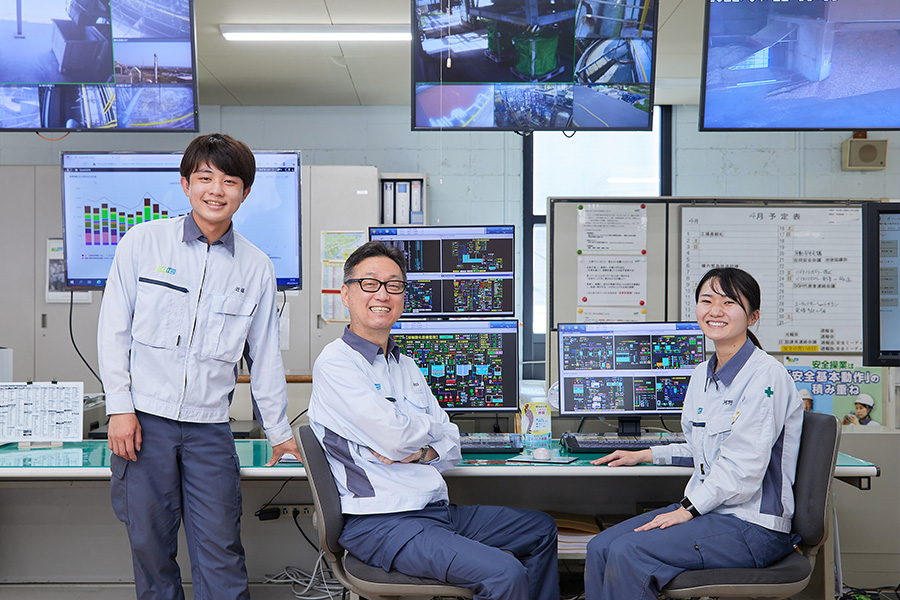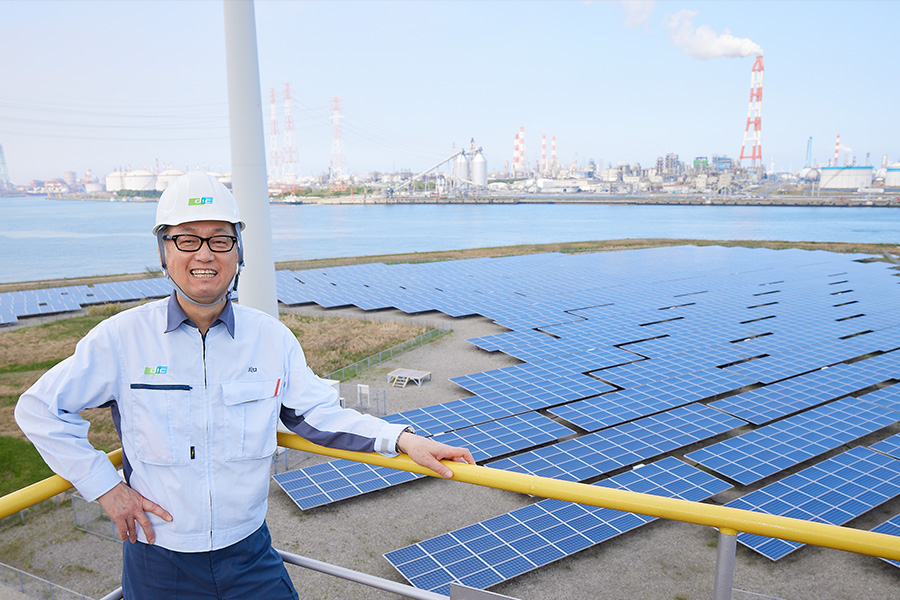
Vision Watch features stories on the DIC Group’s journey toward sustainable prosperity, documenting efforts to transform existing businesses, create new business pillars, craft a foundation for a new economy, and a chemicals industry that can deliver a circular economy. Inspired by a Vision to improve the human condition by safely delivering color and comfort for sustainable prosperity, DIC is leveraging its Color & Comfort value proposition to launch new initiatives and unlock undiscovered value. Vision Watch stories reveal how teams worldwide are developing new materials, products, and processes, as well as the individuals behind these efforts.












